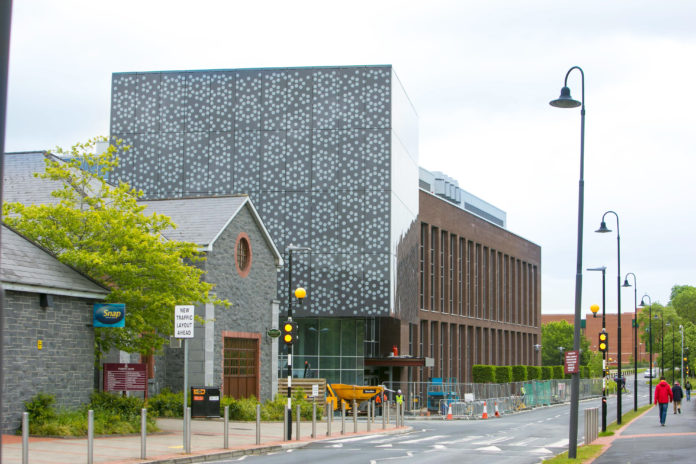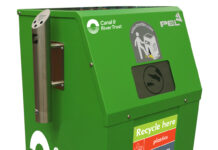
NEW University of Limerick research has revealed that ambitious net zero greenhouse gas emission status will be difficult to achieve by 2050 and even more challenging to maintain.
Under the government’s Climate Action Plan, Ireland is committed to a legally binding target of net-zero greenhouse gas (GHG) emissions no later than 2050, and a reduction of 51 per cent by 2030.
These targets are a key pillar of the Programme for Government; however, scenarios modelled by researchers at University of Limerick and University of Galway show how difficult these will be to achieve and maintain.
The research, the results of which have just been published in the prestigious Nature Sustainability journal, show that drastic action is needed in the agri-food and forestry sectors if Ireland is to meet its targets.
Using Ireland as a specific case study, 850 randomised scenarios were modelled, with 128 achieving net zero status in the agriculture, forestry, and other land use sector and a further 38 scenarios contributed to the achievement of national level net zero status.
However, extending this analysis to 2100, only 40 – or around five per cent – of scenarios maintained net zero status.
Dr Colm Duffy, Research Fellow at University of Limerick’s School of Engineering and lead author of the paper, explained: “The goal of net-zero greenhouse gas emissions for 2050 sets clear targets for measures relating to energy generation and use. However, there is a lack of clarity regarding how this is best achieved in the land use sector, which is responsible for one quarter of global GHG emissions but is also vital for our food security.”
The research team, which included project coordinator, Dr David Styles, Associate Professor in Agricultural Sustainability at University of Galway and adjunct senior lecturer at UL and member of UL’s Bernal Institute, provide new guidance, using Ireland’s land use sector as a case study owing to high per-capita food output and GHG emissions.
They say that Ireland provides a unique case study opportunity given the contrast between the expansion of a profitable and comparatively efficient agri-food sector and increasingly pressing climate targets.
The study assessed the GHG footprints of 850 different land use combinations to identify those options capable of meeting Ireland’s 2050 target and sustaining it through to 2100.
“Successful scenarios demanded substantial cattle herd reduction, a dramatic increase in rates of afforestation and re-wetting most drained organic soils,” explained Dr Duffy.
The best-case scenario saw milk output sustained at 87 per cent of 2015 levels if beef output was significantly reduced. High rates of afforestation also proved to be essential to achieve net-zero.
“The agri-food sector alone cannot achieve net-zero by 2050 and must look towards offsets using new forests comprising a mix of varied coniferous and broadleaf tree species that also support biodiversity and wider amenity value,” explained Dr David Styles.
As the share of Ireland’s land under forest cover is among the lowest in Europe, there is high potential for new planting, Dr Duffy also noted.
“Owing to the rotational nature of commercial forestry, carbon offsets from new forestry will weaken through time, so that only one scenario tested sustained net-zero at the national level to 2100,” the UL research fellow explained.
The authors note that further research is needed to examine whether future cascading use of harvested wood in the bioeconomy could sustain net-zero indefinitely across a wider range of scenarios.










